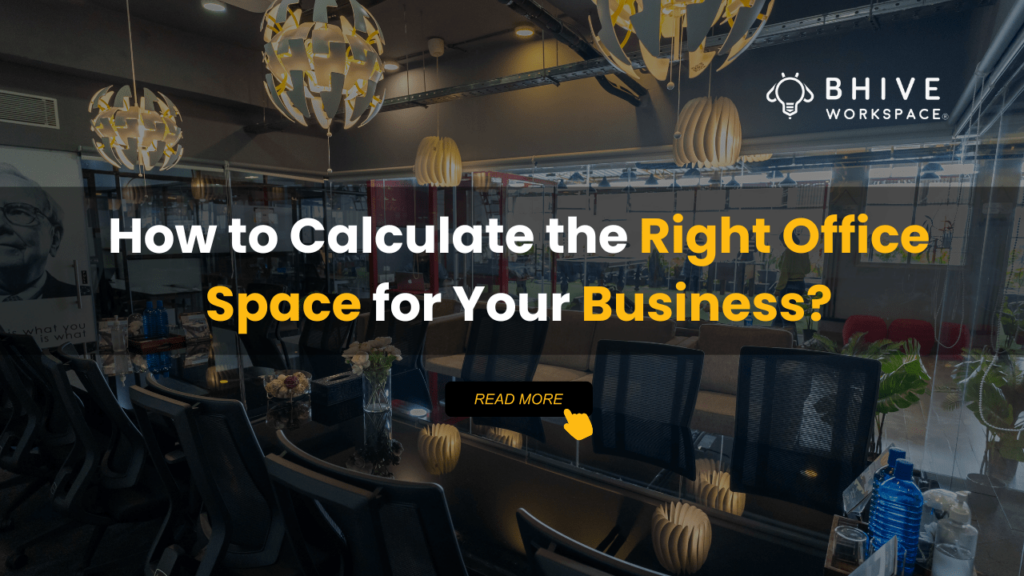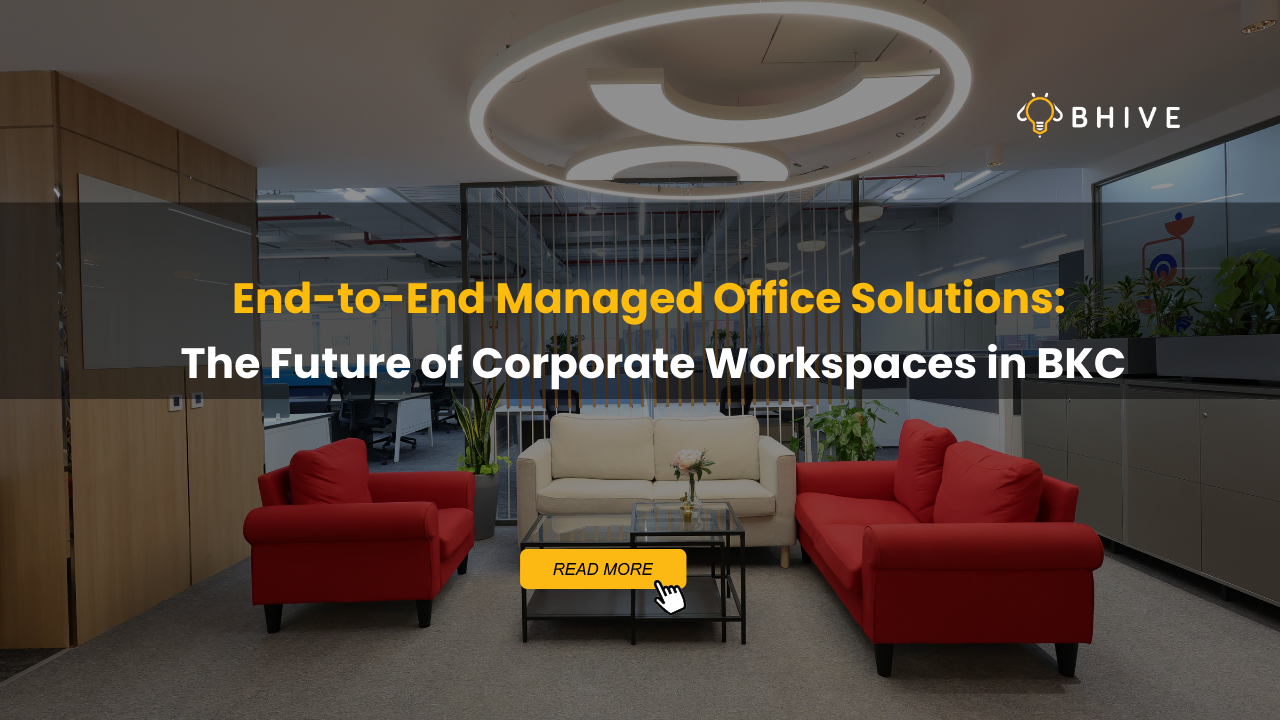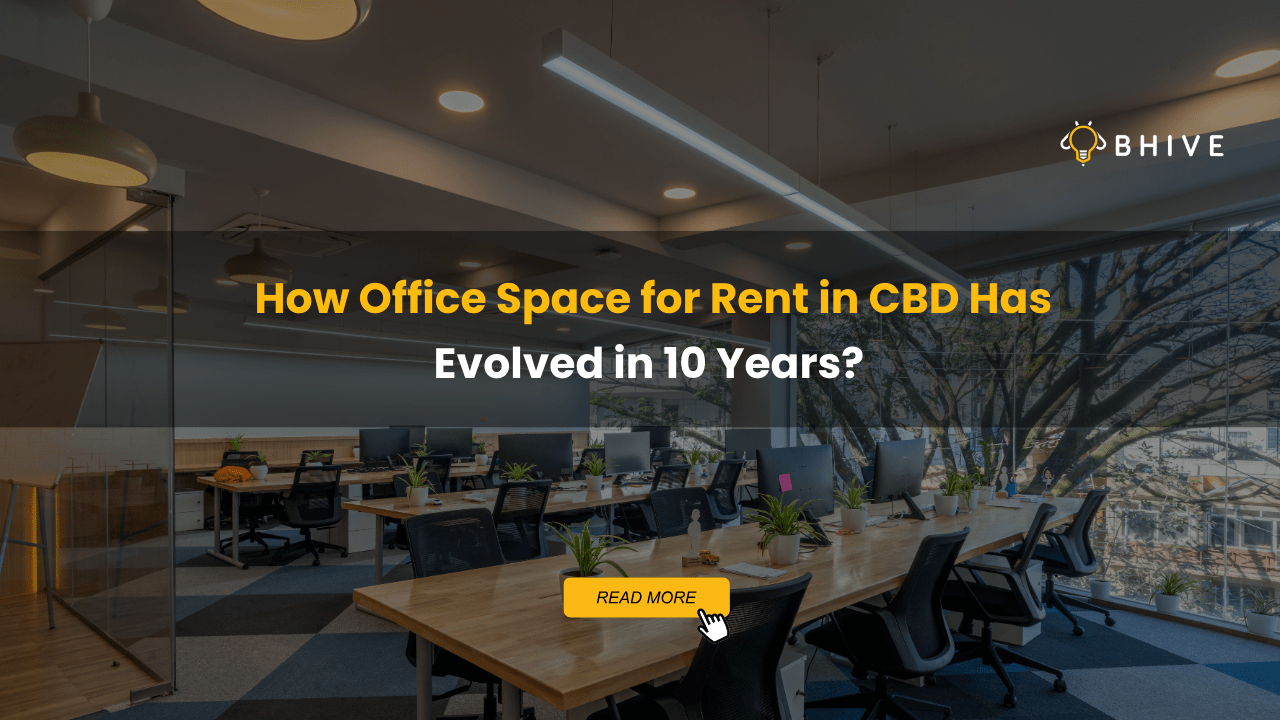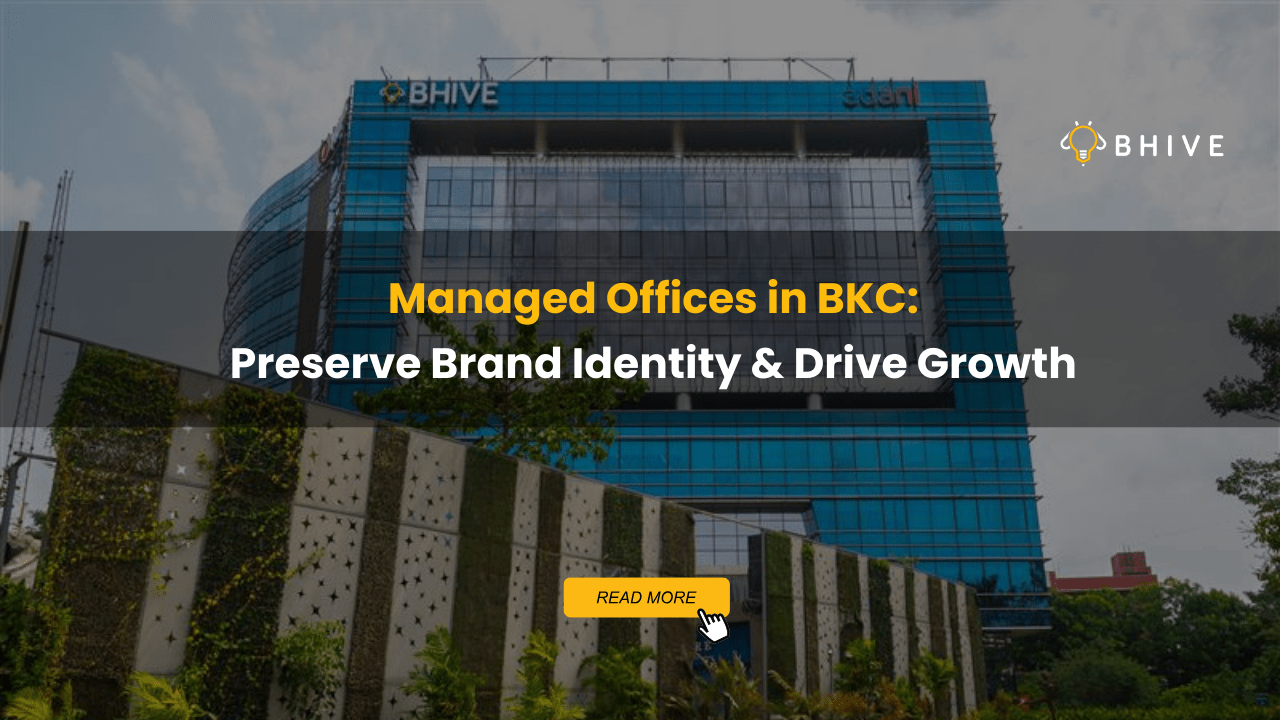What is Lease Shell & How It Works
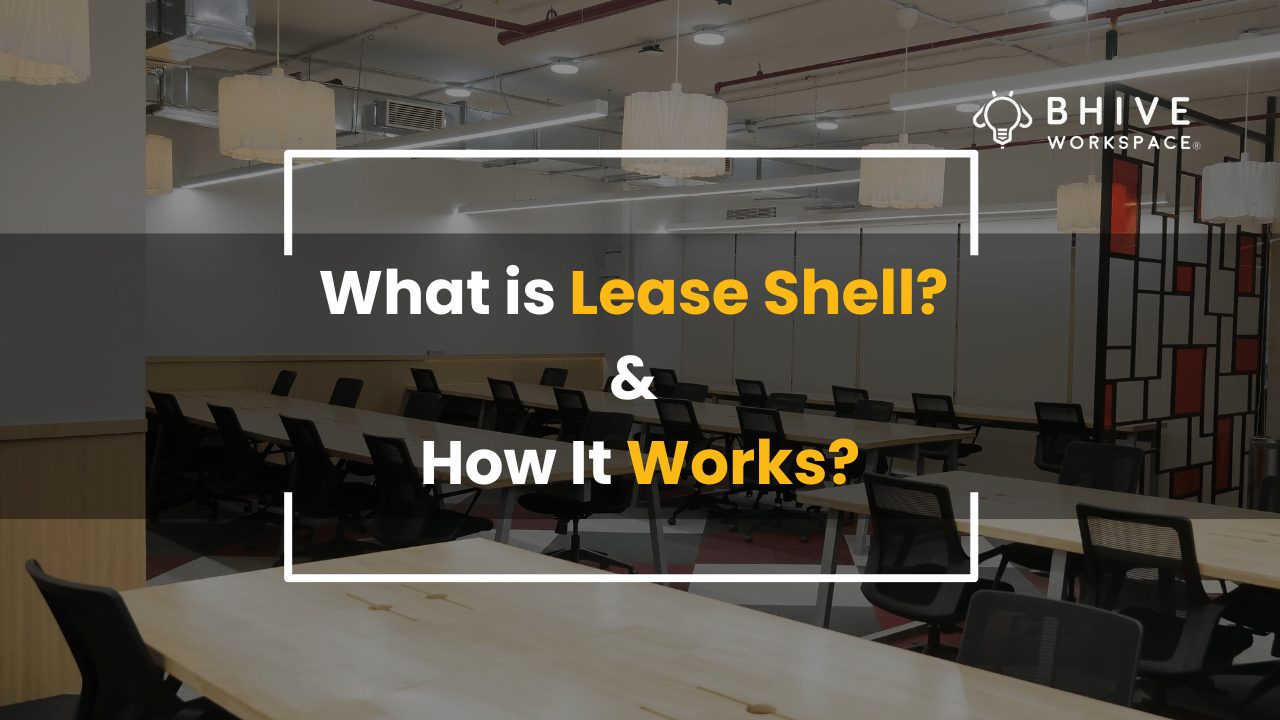
Companies continue looking for cheaper, flexible solutions to meet their changing needs in the dynamic real estate arena. One such solution that has gained prominence recently is the lease shell or bare shell office space concept. Knowing the lease shell concept can benefit customisation, cost management, and scalability for companies looking to set up or expand operations. This article finds what a lease shell is, how it works, and why it could prove the perfect fit for companies of all sizes.
What is a Lease Shell?
A shell lease is termed a bare shell or cold shell. This commercial space would be given to the tenant with minimal finishes. In this type of agreement, the building or office space is in raw form and only provides the structural components as the primary structure. The interior arrangement would then depend on the tenant himself, specifically interior design, electrical fittings, air conditioning, flooring, etc., and other required amenities.
The minimum introductory provisions that would often be included in the space shell of a lease are:
- Base building: The building is completed with walls, roof, windows, and doors.
- Utility connections: Utilities of water, electricity, and HVAC systems, amongst others, exist, but the tenants would have to hook up and configure them according to their operational needs.
- Incomplete interior: Interior walls are mostly unpainted, and partitions or business-type layouts are nonexistent. It could also have bare concrete floors and exposed ceilings.
This type of leasing is most attractive to businesses that crave total and absolute control over how their workspace is designed. It’s a clean slate, an open-ended blank space where organisations can come and create an office perfect for the brand identity, work culture, and operation.
Types of Lease Shells
It is essential to know the type of lease shell options available when selecting a workspace. Generally, there are two common types of lease shells: cold shells and warm shells.
Cold Shell
The most primitive type of business property that lacks an entire finish of interior space is known as a cold shell. The tenant must put all the significant systems, including electrical wiring, plumbing, flooring, HVAC, and lighting. Perfect picks for such businesses would be firms that like to start from scratch and build their space just as they want.
Warm Shell
It can offer a partial-tough space where the structure is finished, whilst some rudimentary utilities, such as heating, ventilation, air conditioning, and plumbing, may already be in. Tenants must put the finishing touches, furnishings, and partitioning with the layout customised onto the warm shell. The warm shell represents a fair middle ground, especially for businesses wanting a ready-for-use infrastructure but still yearning for customisation.
How Does a Lease Shell Work?
The tenant has great latitude with this lease shell model to change the space based on operational needs and desires. The process of leasing and developing a lease shell office typically includes the following steps:
Establishing a Lease with Shell
The first step in establishing a lease shell is to identify a bare-shell property that meets the size and location needs of the business. Commercial real estate brokers or property developers can assist in finding available spaces that will suit the criteria for leasing in crucial business districts or emerging commercial hubs.
Negotiating the Lease
Once a location is selected, the company will negotiate the lease terms with the property owner. Overall, bare-shell spaces have long-term leases. It’s not an easy decision to make a significant up-front investment for customisation. The negotiations will reference rental rates, how much and what type of customisation the owner will allow, and possible contributions from the landlord toward fit-out costs.
Design and Fit-Out
The tenants then engage with architects, interior designers, and contractors to design and fit the space. It ranges from determining the layout of the space to choosing materials for flooring, painting, and light installation, among other infrastructure installations, such as wiring, IT systems, and furniture. Most businesses discover this kind of lease model because it assists them in creating a perfect workspace that mirrors the company culture and values to enhance employees’ productivity and efficiency within the organisation.
Compliance and Permits
A company should ensure that all designs comply with local building codes and regulations during the fit-out process. Examples include any required permits for electrical work, plumbing, or fire safety systems. Generally, a tenant shall obtain these, but the landlord can sometimes assist with this process.
Occupation
The business can then move into the new office space once the fit-out is complete and all the permits are in place. At this point, the organisation arranges its furniture, technology infrastructure, and final details to make it a fully operational office environment.
Ongoing Maintenance and Customization
Even after the move-in, businesses can customise their office space if it needs to change. The lease shell model offers an opportunity for future growth or reconfiguration to suit a company’s shift in business requirements. Tenants also take responsibility for maintaining the interior; by contrast, the landlord generally maintains the building’s exterior and common areas.
Advantages of Leasing Bare Shell Space
The benefits of leasing shells for companies, or rather office spaces tailored to the needs and requirements of the company, are as follows:
Customisation
The most significant upside of leasing a bare-shell space lies in the amount of customisation it offers. It allows the tenants to design and configure the office according to their brand identity, maximise productivity, and be aligned with employees’ preferences. This means the space should be aligned with the company’s vision and work processes.
Cost Efficiency
The fit-out costs for a lease shell may be prohibitively expensive initially, but businesses will save in the long run. It allows businesses to pick cost-effective materials, layouts, and designs that enhance energy efficiency to reduce operation costs over time. Additionally, the flexibility to tailor an office will enable them to circumvent any need for costly renovation in the future.
Scalability
A bare-shell lease allows the businesses the flexibility to grow and scale. The space can be re-arranged with limited confinements when the company grows or changes its model. This flexibility would help this office adapt to the evolving needs without worrying about moving to a new one.
Stronger Brand Identity
Companies can also create their own space to enhance the branding effort. The office colour, layout, and other design elements can reflect the brand’s identity so employees, clients, and visitors feel they belong to something bigger.
Long-Term Investment
Although fitting out a bare shell office can be expensive upfront, long-run pay-offs far outweigh these costs. For example, by creating a space that addresses specific business needs, companies can be sure of having a functionally efficient working space for years to come.
Conclusion
Corporate organisations will see that leasing a bare shell office space is an excellent option for creating space representing their identity and the business’s operational needs. A suitable fit-out of design can well help achieve the perfect growth-oriented, productive environment for long-term success.
BHIVE Workspace offers the right choices for your business needs. Whether you are a newly launched venture or an already established firm, BHIVE has modern offices that help spur productivity and innovation for your business. Visit BHIVE today to see how you can scale your business in a space designed for success.




